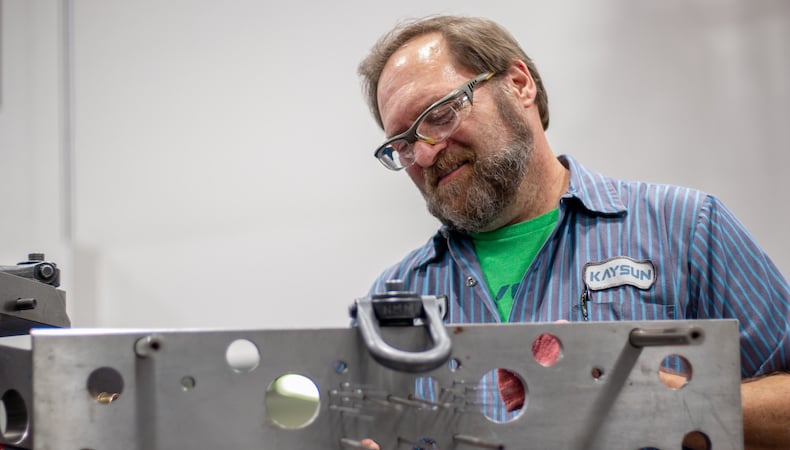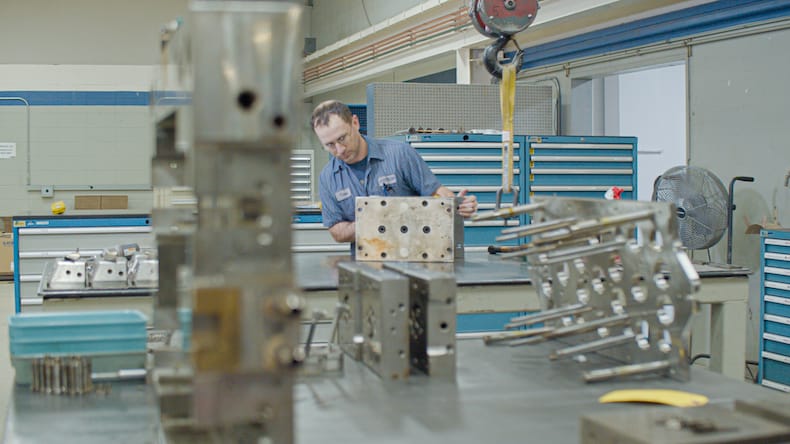Tooling / Molds
.jpg)
Almost any reasonable design looks good on paper or even as a prototype, but that doesn’t mean it’s a sure thing when it comes to manufacturing it. On the other hand, using Design for Manufacturability (DfM) to improve part design, injection molding processes and material selection ensures a product or component can be manufactured in a streamlined, efficient, validated, and repeatable way — saving time and money.
Quite simply, “part design with manufacturing in mind” will determine the success or failure of an injection molding project. Leveraging every aspect of DfM is key.
First things first. Get the customer design team and the injection-molding engineering team together to discuss the project, including intended end use and lifecycle expectations. Decisions made during these design meetings typically account for about three-quarters of the total final cost of the part or product, so a lot of money is on the line. Having the teams collaboratively focus on the end goal — manufacturability — should always be a top priority when designing parts and tooling, as is knowing which methodologies to employ, and when. For example, feasibility reviews early in development can prevent costly tooling errors and subsequent production delays.
Part design and tool design are dependent on each other and thus should be done concurrently, ideally in the earliest design stages. With DfM, the cross-functional engineering team is involved up front to provide a realistic manufacturing perspective on product design, tolerances, mold component functionality, mold materials, tool design, material performance, operational constraints, and associated costs. Of particular importance is:
Taking these steps up front is the best way to eliminate wasted effort and rework, which adds significant cost to the tooling budget. Further, confirmation of standard plastic design practices, incorporation of tooling details and running a comprehensive process failure mode effects analysis (PFMEA) creates the most robust design possible.
Designing a product with manufacturability in mind is a cost-effective way to reach desired outcomes by managing these goals at the outset of the injection molding process:
Eliminate or replace unusual parts or specifications that add complexity, and/or combine steps to increase manufacturability
Verify material supplier recommendations for selected resins
Design parts with nominal wall thickness whenever possible, and gate into the thickest wall section of the part with a gate designed for minimal to no trimming
Design parts with adequate draft for proper release from the mold without the use of mold release agent, and also incorporate generous radii at part geometry intersections to enhance melt flow and reduce stress
Once a reasonable design has been created, complete a mold flow analysis, including melt flow, warp cooling pressures, knits, etc., to ensure moldability and manufacturability are streamlined, efficient, validated, and repeatable
Working with an injection molder with expertise in DfM, like Kaysun, allows for design scrutiny and production efficiencies that ultimately help OEMs balance project cost and profitability. Click the button below to learn about key critical-use plastic part design considerations to make to ensure the success of your next project!


Few things impact injection-molded part quality as much as tooling design, materia…
READ MORE

When an OEM pursues an injection molding program, tooling is among the most highly…
READ MORE

Tool design is an essential and sometimes underestimated part of injection molding…
READ MORE